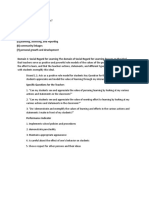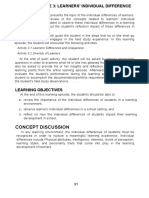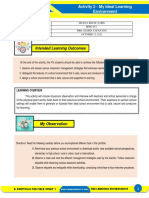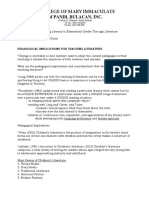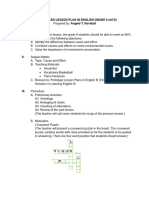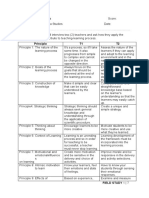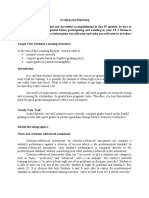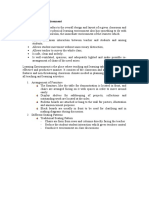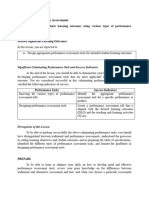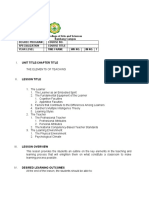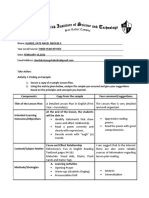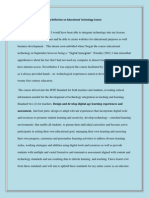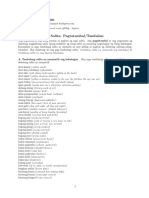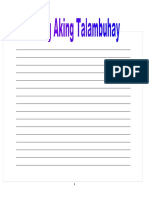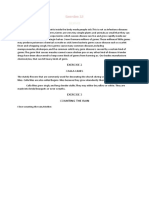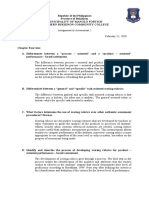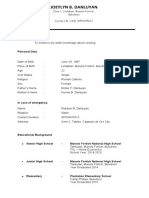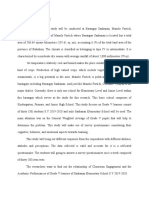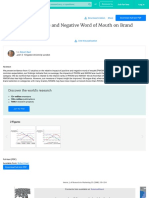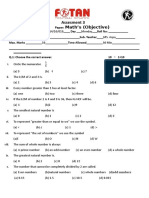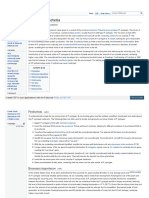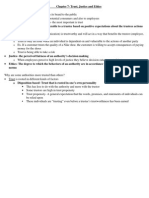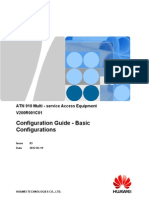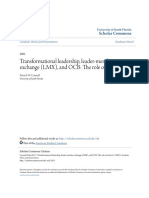0% found this document useful (0 votes)
723 views2 pagesAssessment Assignment 2
A self-report requires students to write about their thoughts, feelings, or attitudes towards a topic. It measures affective learning outcomes. Teachers should guide students to demonstrate different levels of understanding, from basic knowledge to complex characterization.
Rating scales measure quantitative attributes in the social sciences. Common types include Likert scales with numeric categories, semantic differential scales using contrasting adjectives, and Thurstone scales determining favorability positions. Checklists simply mark items as present or absent.
Thurstone scales present statements to rate agreement, while Likert scales use categories like "strongly agree." Guttman scaling improves on these by arranging items in a cumulative, hierarchical order of difficulty to demonstrate mastery.
Uploaded by
Noelli Mae BacolCopyright
© © All Rights Reserved
We take content rights seriously. If you suspect this is your content, claim it here.
Available Formats
Download as DOCX, PDF, TXT or read online on Scribd
0% found this document useful (0 votes)
723 views2 pagesAssessment Assignment 2
A self-report requires students to write about their thoughts, feelings, or attitudes towards a topic. It measures affective learning outcomes. Teachers should guide students to demonstrate different levels of understanding, from basic knowledge to complex characterization.
Rating scales measure quantitative attributes in the social sciences. Common types include Likert scales with numeric categories, semantic differential scales using contrasting adjectives, and Thurstone scales determining favorability positions. Checklists simply mark items as present or absent.
Thurstone scales present statements to rate agreement, while Likert scales use categories like "strongly agree." Guttman scaling improves on these by arranging items in a cumulative, hierarchical order of difficulty to demonstrate mastery.
Uploaded by
Noelli Mae BacolCopyright
© © All Rights Reserved
We take content rights seriously. If you suspect this is your content, claim it here.
Available Formats
Download as DOCX, PDF, TXT or read online on Scribd
/ 2

